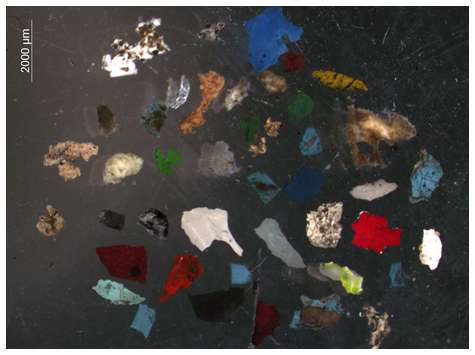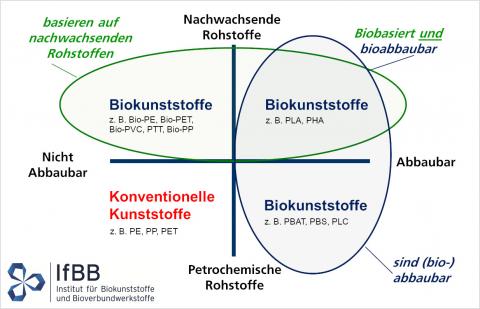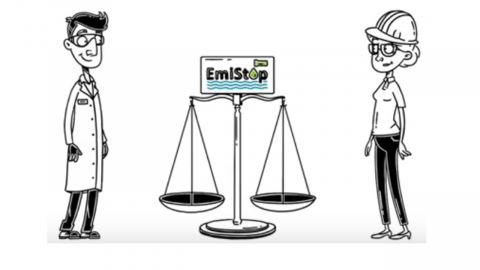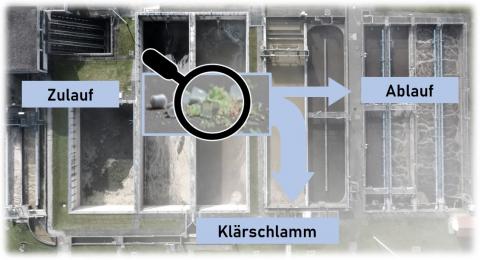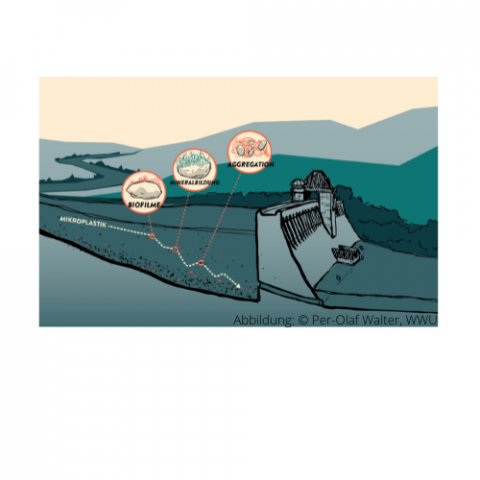Factsheets
An estimated 11 billion cigarette filters are released into the environment in Germany every year. They are mostly made of cellulose acetate, a type of plastic. In addition, cigarette filters also contain numerous other toxins.
The plastic polystyrene has become indispensable in the automotive, construction, medical, household and electrical sectors. It has many advantages - but the decisive factor for the future is the transition to a circular economy so that the plastic can be used several times.
Measures against plastic pollution are urgently needed. However, it is unclear with which instruments this can be done. The Single-Use Plastics Directive stands for the attempt to reduce the input of plastic by private consumers mainly by means of information, e.g. with a specially developed label.
In 2019, the Single-Use Plastic Directive was adopted by the European Union to declare war on plastic pollution. But how far-reaching is the directive and how great are the effects it achieves? The researchers from the joint project InRePlast set out the contents, deficits and requirements for the further development of the directive in factsheet 19.
More and more plastic is polluting the environment and endangering humans and animals. Current scientific studies in sewage treatment plants show that a large amount of different plastic products and plastic packaging ends up in the sewage system and in the environment through various pathways.
Plastic waste poses significant problems for many municipalities: Overflowing rubbish bins and carelessly discarded single-use plastic products or packaging cause direct inputs into the environment or via drains into wastewater.
Wet wipes, sanitary towels and tampons are important hygiene products that many people use in their daily lives. Often, the products are partly made of plastic and can end up in the environment if not disposed of properly.
Plastic pellets are used in large quantities in industry as a raw material for further processing into plastic products. In 2019, 14 million tonnes of plastic were processed by over 7,000 companies in Germany. The small pellets can enter the environment at various points in the supply chain.
Fresh fruit and vegetables in supermarkets are often packed in plastic nets, from which micro plastic particles can detach and enter the environment. The researchers from the joint project InRePlast clarify in Fact sheet 14 which entry paths are particularly important, how much politics is already doing to combat the problem and at which points there are further options for action.
Unlike conventional plastics, many bioplastics are biodegradable. This means that there are microorganisms such as bacteria and fungi that can absorb and metabolize these bioplastics as a source of energy.
Plastics can be discharged into the environment through industrial wastewater. To prevent this, special processes for the separation of plastics have been developed that can be integrated into industrial wastewater treatment plants.
Outdoor and sports clothing consists mainly of polyester. During household washing, fibre fragments with a size of < 5 mm are released. Although up to 95 % of these are retained in local wastewater treatment plants, relevant quantities reach surface waters via wastewater, where they can accumulate (Zhang et al 2021). Textile properties and washing parameters influence this release.
Microplastics in the environment are a much discussed topic. Our clothing also contributes significantly to this problem, as it is estimated that about 20 to 35 percent of the total microplastic input is due to fibre abrasion from textiles. During every washing process, tiny particles are released from synthetic clothing, which can enter the environment via wastewater.
It is not easy to determine how much microplastic is contained in wastewater and sewage sludge. In addition to plastic, countless other particles and substances are present. To reliably determine the concentration of microplastic particles, complex procedures for sampling as well as for removal of foreign substances and analysis of the microplastic particles are required.
Representative sampling is crucial to obtain scientifically usable data on microplastic levels in the environment. This requires an approximate idea of the microplastic occurrence in the medium under investigation. For water bodies, this can be done, for example, by individual sampling using a flow-through centrifuge.
The use of plastics permeates all areas of human life. Accordingly, microplastics are also produced in a variety of ways and are transported away via wastewater systems. However, little is known about which microplastic types and size distributions are found in the various wastewater streams, how well sewage treatment plants retain these loads and what ends up in water bodies.
Consumers are often unaware that millions of tonnes of plastic are improperly released into the environment. This can happen not only through improper disposal, but also through microplastic release from tyres or textiles. In the environment, the plastic breaks down into smaller and smaller pieces through exposure to sun or water and is dispersed by water or wind.
"To assess the ecologic danger posed by microplastics, one must also consider indirect effects in the food web", say Sebastian Höss (Ecossa) and Marie-Theres Rauchschwalbe (Bielefeld University). The researchers from the joint project MikroPlaTaS looked at these effects using nematodes as an example.
Plastic is now ubiquitous not only in the sea but also in many inland waters. In certain areas, such as at barrages or in dams, the flow velocity decreases. As a result, the particles previously held in suspension by the current begin to sink to the bottom of the water and can then accumulate in the sediment.


